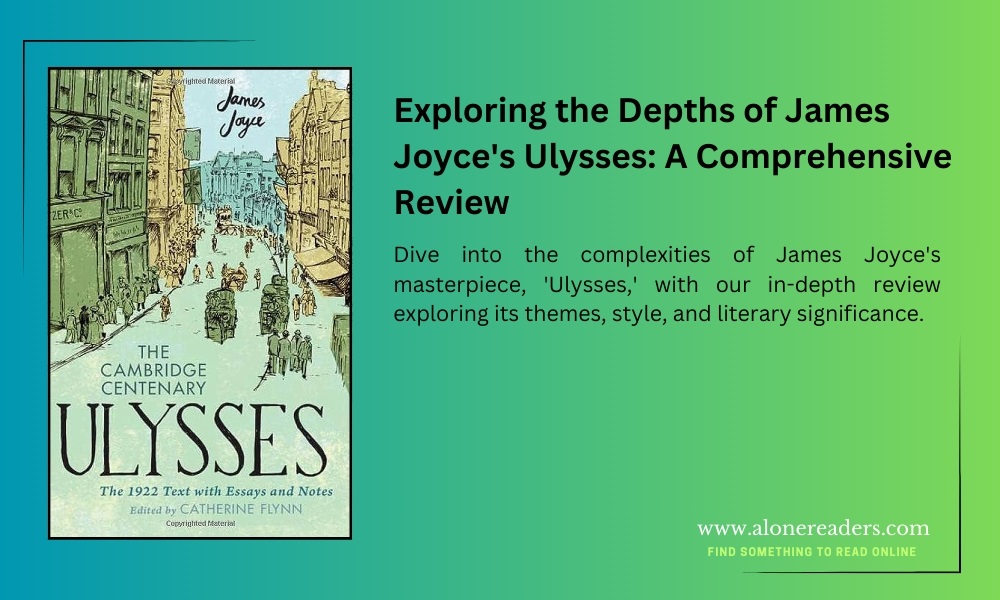
James Joyce's "Ulysses," often hailed as one of the greatest novels of the 20th century, is a book that defies simple classification or summary. This novel, which chronicles the perambulations of its protagonist, Leopold Bloom, through Dublin on a single day, June 16, 1904, is a towering work of modernist literature. It is known both for its depth and complexity, and for its challenges to the norms of narrative and propriety.
At its core, "Ulysses" is a deeply human story, exploring the inner lives and experiences of its characters in a way that had never been attempted before. Joyce employs a stream-of-consciousness technique that allows readers to inhabit the minds of his characters, most notably Leopold Bloom and Stephen Dedalus. This style creates an intimate and sometimes disorienting narrative, delving into the thoughts, memories, and sensory experiences of the characters.
The narrative structure of "Ulysses" is famously complex, with each of its 18 episodes corresponding to an element of Homer's "Odyssey." However, Joyce's work is more than a mere retelling of this ancient epic. It transposes the heroic journey of Odysseus into the mundane activities of Bloom, a Jewish advertising canvasser, and Dedalus, a young artist. This modernist reinterpretation of the Odyssey themes lends the novel a rich intertextuality and depth.
Joyce's language in "Ulysses" is a character in its own right. The novel's prose is notoriously dense, brimming with puns, allusions, and stylistic experiments. This complexity is not just a display of literary prowess, but a means of encapsulating the multifaceted nature of human thought and experience. The most famous example is perhaps the novel's final chapter, Molly Bloom's soliloquy, which is composed of eight enormous sentences and captures the fluid, associative nature of human consciousness.
However, "Ulysses" is not without its controversies. Upon its publication, it faced obscenity trials, primarily due to its frank depictions of sexuality and bodily functions. While these aspects of the novel were shocking at the time, they are integral to Joyce's unflinching exploration of human nature.
The themes of "Ulysses" are as diverse as its techniques. The novel tackles subjects such as nationalism, religion, and identity, often through the lens of its characters' mundane experiences. Joyce's Dublin is a microcosm of early 20th-century Europe, teeming with the complexities and contradictions of its time. The book's exploration of Jewish identity, through the character of Bloom, is particularly notable for its nuance and depth.
Despite its acclaim, "Ulysses" remains a challenging read. Its dense allusions, non-linear narrative, and shifting styles can be daunting. However, the effort is rewarded with a richer understanding of not just the text, but of the human experience it seeks to encapsulate. Joyce's novel is not just a book to be read; it is an experience to be lived, a puzzle to be unraveled, and a work to be continually revisited.
In conclusion, "Ulysses" by James Joyce is a monumental work in the world of literature. Its experimental approach to narrative, character, and language has not only influenced generations of writers but also continues to challenge and inspire readers. The novel's depth, complexity, and humanity make it a masterpiece worthy of its reputation. For those willing to immerse themselves in its pages, "Ulysses" offers a transformative literary journey.